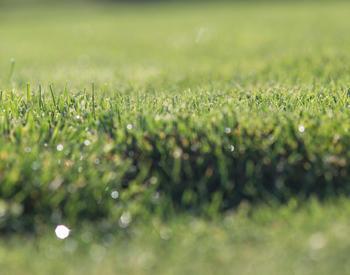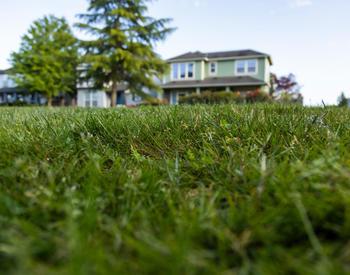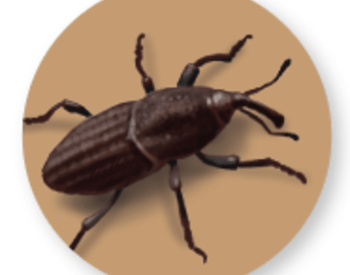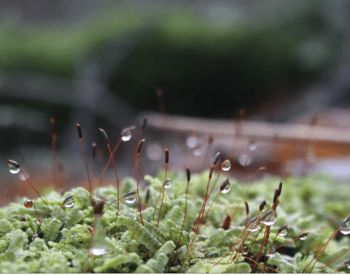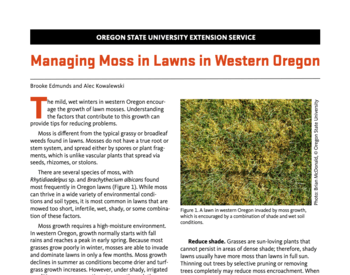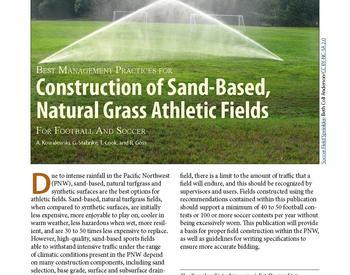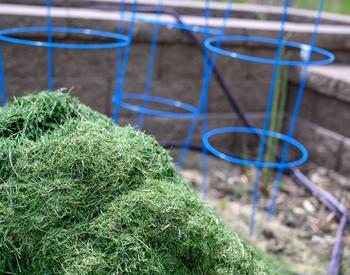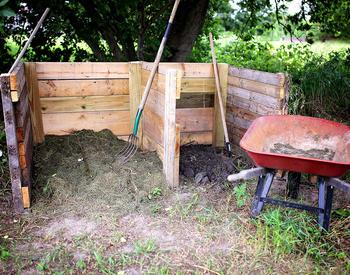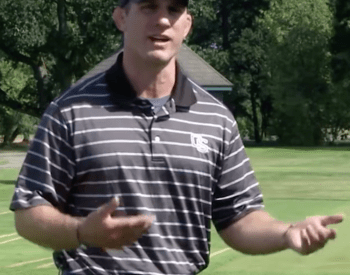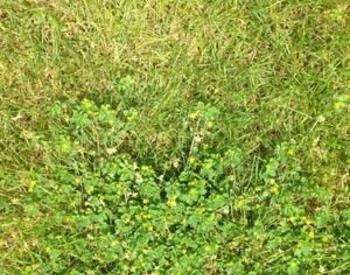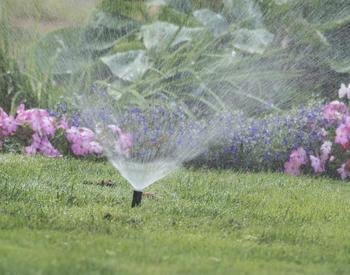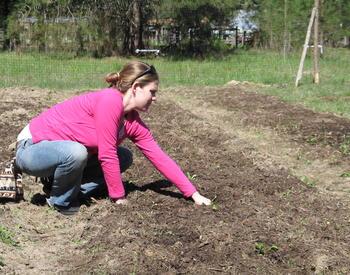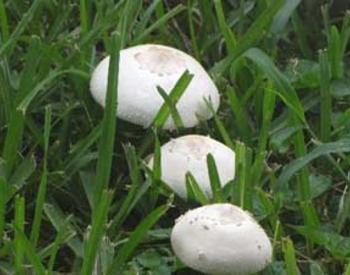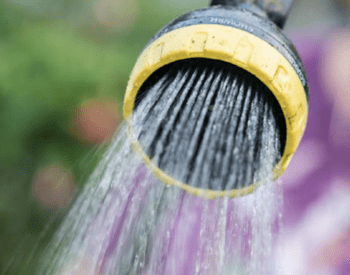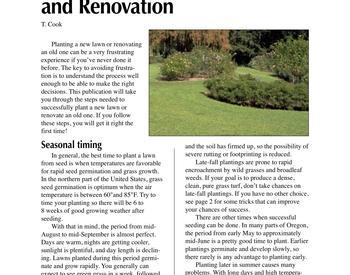CORVALLIS – If your goal is a nice lawn, leave clippings on the grass when you mow. It’s easier, feeds the grass and leads to a better-looking and healthier lawn.
Unless you've let the lawn grow excessively long, or the clippings are in thick clumps, grass clippings are a good source of nutrients. Leaving clippings helps save fertilizer costs and thereby prevents ground and surface water contamination.
"Our research has shown that we can cut the fertilizer application rate almost in half when we return clippings with a mulching type rotary mower," Kowalewski said. "And on lawns growing in clay soils, I have produced acceptable quality turf for as long as 12 years without adding any fertilizer at all."
Grass clippings contain up to the equivalent per weight of 3-4 percent nitrogen, .5 percent phosphorus and 2.5-3.5 percent potassium, Kowalewski said.
If you plan to leave the clippings, mow the lawn often.
"Frequent mowing, about once a week during the growing season, will have a greater impact on turf quality than any other lawn care practice except irrigation in the summer," he said. "I consider mowing more important than fertilizer if clippings are returned via a mulching mower. If clippings are removed, then the only way to keep fertility up is to keep adding more fertilizer."
Your grass should be cut often enough so that not more than one-third of the grass blade is removed at any one time. Mowing your lawn once a week during the growing season will go a long way toward achieving this.
Don't leave piles of heavy, wet clippings on the lawn. You need to rake them, or the grass underneath may be smothered. During periods of wet weather and excessive growth and you’ve missed a week or two of mowing, use a bagger to collect clipping. Go back to mulching when things are back under control, and the clippings are not excessive, Kowalewski said. Clippings break down quickly, often in a matter of a few weeks.
Be sure the mower blade is sharp and cuts, not tears, your grass. A sharp blade will also help chop the clippings into smaller pieces as you mow over the lawn. Most manufacturers suggest sharpening your mower after around 20-25 hours of use. If mowed frequently, clippings break down quickly, often in a matter of a few weeks.
A mulching mower works even better, because it is designed to chop up clippings very fine and then deposits them down in the turf canopy.
Thatch build up is a myth
Despite rumors to the contrary, clippings do not promote thatch build up. Thatch is caused by turfgrass species that grow by stolons, which are common on golf course putting greens. This is why aerating is a common practice on putting greens.
"Virtually all research conducted with turf has shown that grass clippings do not increase thatch," Kowalewski said. "In most cases, thatch increases as mowing height increases."
